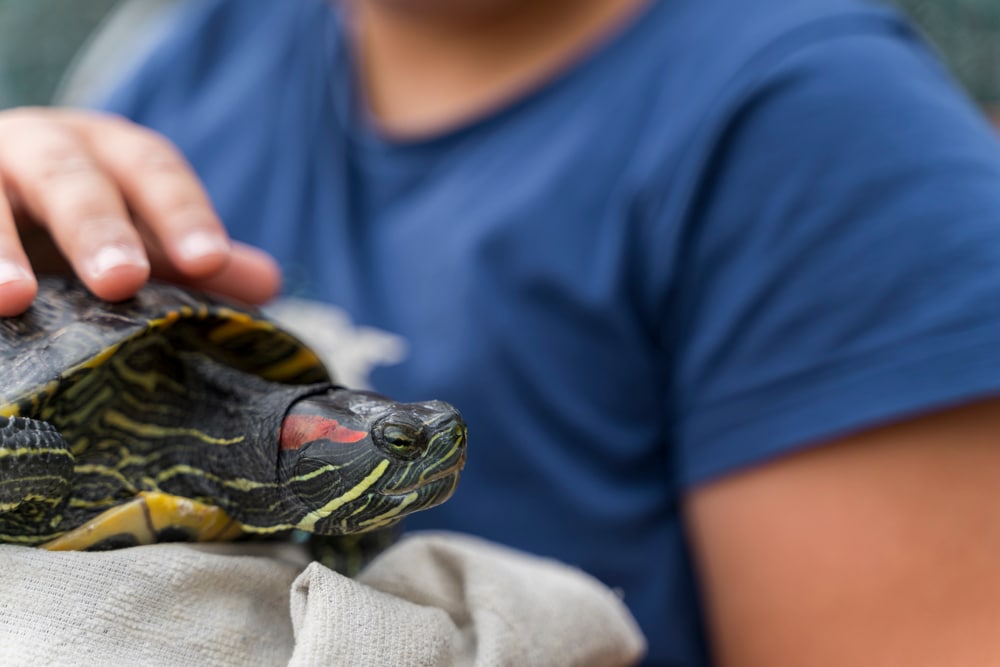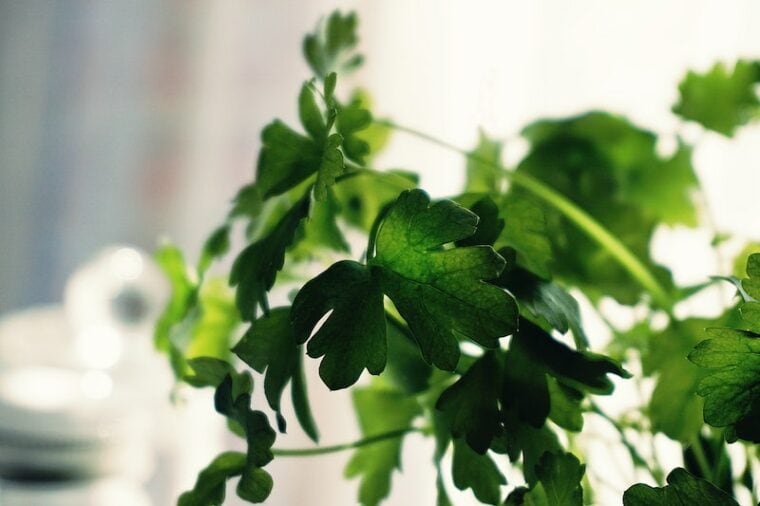
Most species of tortoises are herbivores, although some are omnivorous and consume insects and other small creatures. In either case, tortoises do enjoy eating a lot of different plants, including some herbs. Cilantro, which is the leaves and stems of the coriander plant, is safe for tortoises to consume and be offered to them as part of a daily salad.
Read on to find out more about cilantro, as well as some other foods you can give your pet tortoises.
About Tortoises
Tortoises are reptiles that have shells protruding from their body. Unlike other turtles, tortoises generally live on land, and most species are herbivores and exclusively eat plants and plant matter.
They can also make good pets for the right owner, although much thought and consideration is required before choosing to adopt a tortoise. Furthermore, adopting certain species might be against the law in certain places. Due to their longevity, unique nutritional requirements, conservation status, and other husbandry aspects, tortoises should not be adopted on a whim.
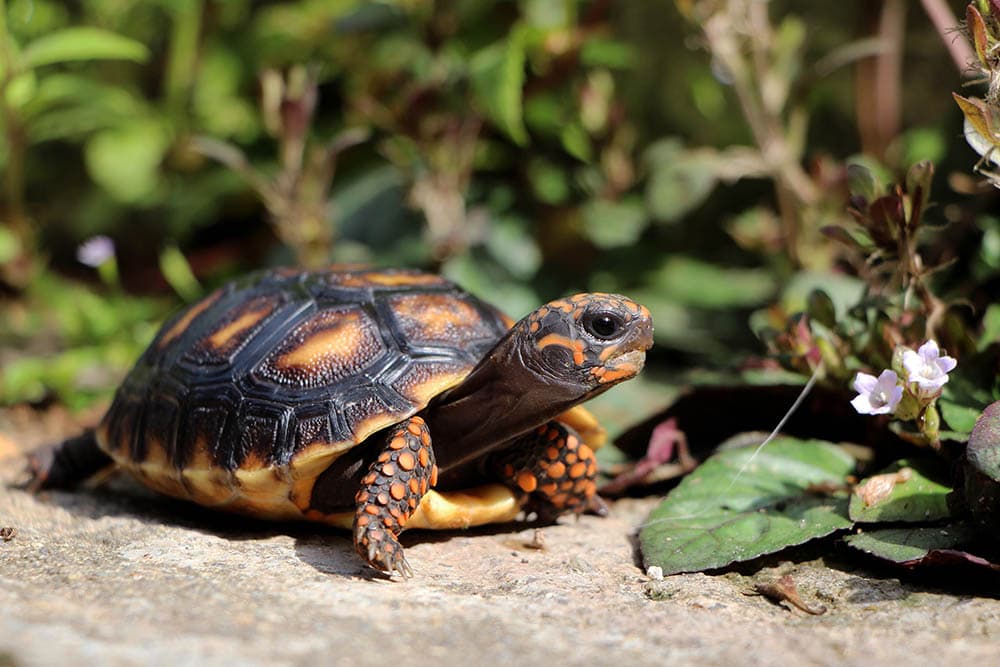
Tortoise Diet
The majority of species of tortoises are herbivores and live on a diet consisting primarily of grass, as well as foliage, plants, and some fungi. Omnivorous tortoises will eat some small creatures, typically insects including millipedes, worms, snails, and slugs. They may also eat carrion, which is the meat of already-dead animals if the opportunity arises.
Owners need to research the exact species of tortoise they wish to adopt to determine ideal diet ratios, but most herbivorous tortoises require a diet consisting of up to 75% grass and hay. The rest of the diet should be made up of a combination of flowers, greens, vegetables, some fruit, and herbs.
How Much Should Tortoises Eat?
The diet of a tortoise is determined by a combination of several factors that are well beyond the realm of any assumption or generalizations one can make online and, therefore, should be extensively and thoroughly discussed with your veterinarian. Of importance is keeping in mind that the ambient temperature the environment your pet is housed in will greatly affect their nutritional requirements and daily food intake.

Can Tortoises Eat Cilantro?
Cilantro has a nutritional profile that’s compatible with a sensible food item to incorporate into a tortoise’s diet. 1
The main draw of cilantro is its fantastic calcium to phosphorus ratio and vitamin A content. In addition, cilantro has a very low amount of oxalates, further adding to its appeal as a dietary option for your tortoise.
How and How Often to Feed
Feeding cilantro is easy. Wash the plants, ensure they are dry, and remove the stems and leaves. Cilantro, like other greens, should be served raw.
You can then spread some of the herb over your pet’s meal or give a small handful of the herb as a treat. Ideally, you should vary the herbs and vegetables that you feed. This ensures that your tortoise gets a good variety in their diet, which is crucial for their health.
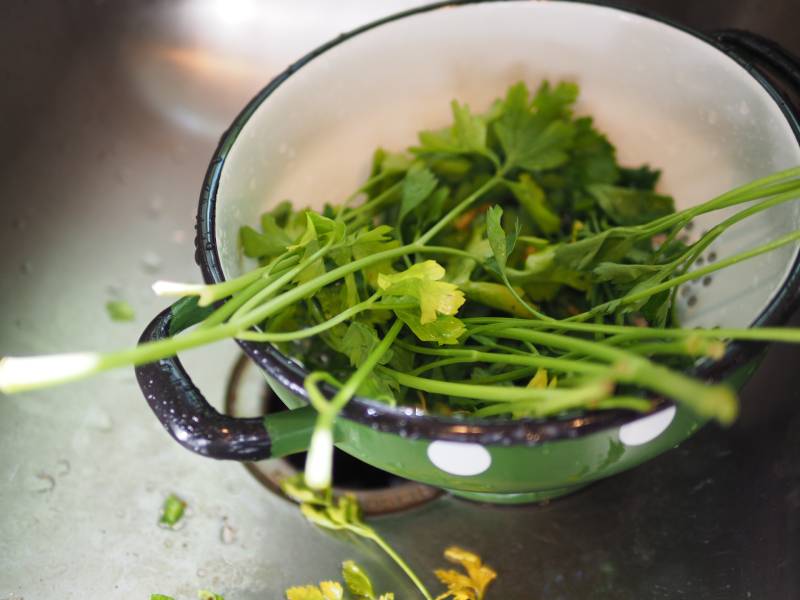
Other Foods That Tortoises Can Eat
As well as cilantro and good-quality grass or hay, you can consider feeding your tortie the following items:
Please note that all of these foods, though safe, are not without their downsides (and likewise, offer different benefits). It is therefore important to discuss your pet’s diet with your veterinarian before incorporating any food item into their diet.
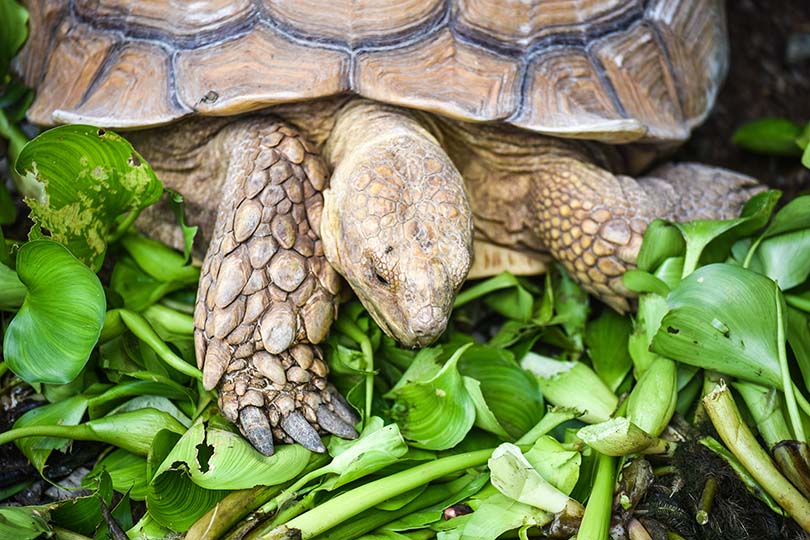
Conclusion
Different species of tortoises have different dietary requirements. Some are omnivores and eat insects and other meat, but most are herbivores so rely on a diet consisting solely of plant materials. Although the majority of your tortoise’s diet will likely consist of grass and hay, it should also contain vegetables, leafy greens, and herbs. Some species may also need fruit as part of their diet.
Cilantro is generally considered a good addition to a tortoise’s diet, but it is best to discuss its inclusion into your pet’s diet with your veterinarian to ensure that your pet has no health issues that may require a different nutritional approach.
- Related Read: Can Turtles Eat Cat Food?
Featured Image Credit: suzy-hazelwood, Pexels



